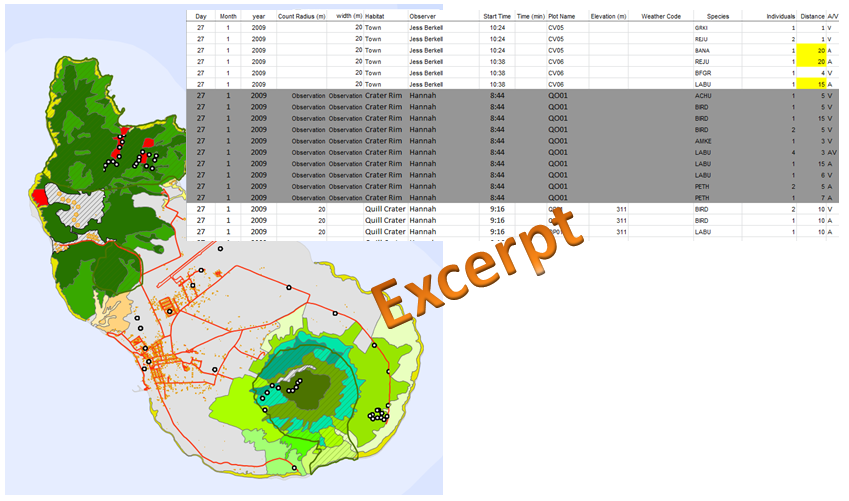Occupation rates of artificial and restored natural nest cavities by yellow-shouldered Amazons Amazona barbadensis on Bonaire, Caribbean Netherlands

The breeding success of obligate secondary cavity nesting birds, including most parrots, can be limited by the availability and quality of nest cavities. Habitat degradation can reduce the number of large cavity-containing trees. This reduction in available cavities can be exacerbated by destructive nest poaching practices, which leave cavities damaged and unusable. Yellow-shouldered Amazons Amazona barbadensis inhabit degraded dry-forest areas on the island of Bonaire (Caribbean Netherlands), and were suspected to be limited by the number of suitable nesting cavities. We compared two approaches to increasing the availability of nesting sites, measuring occupation rates of 10 nest boxes and 10 repaired natural cavities over three years. While none of the nest boxes were used, two of the restored cavities were occupied within five months of repair, and a third in the following year. Only one of the breeding attempts in restored cavities (33%) was successful, compared to the population average of 56%. Sample sizes are small, but restoring natural nest cavities led to a higher rate of uptake than nest boxes and was a considerably quicker and cheaper intervention. However the effectiveness of this intervention depends on the threat of poaching, and there is a risk that restoring poacher-damaged nests may attract breeding pairs away from safer cavities.



